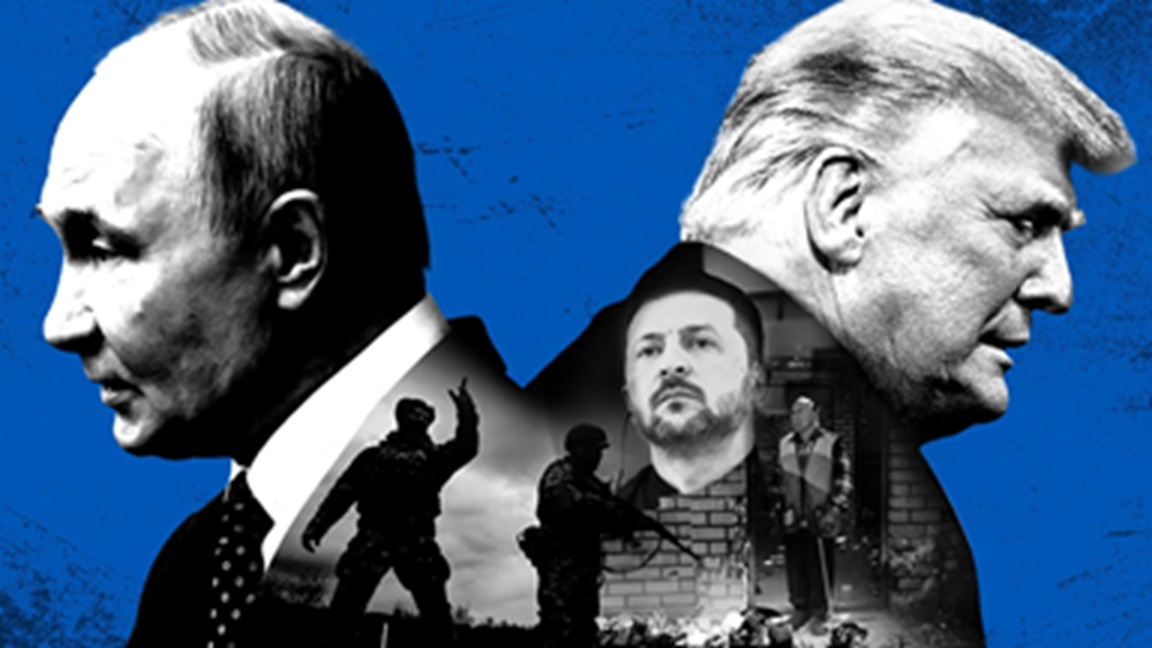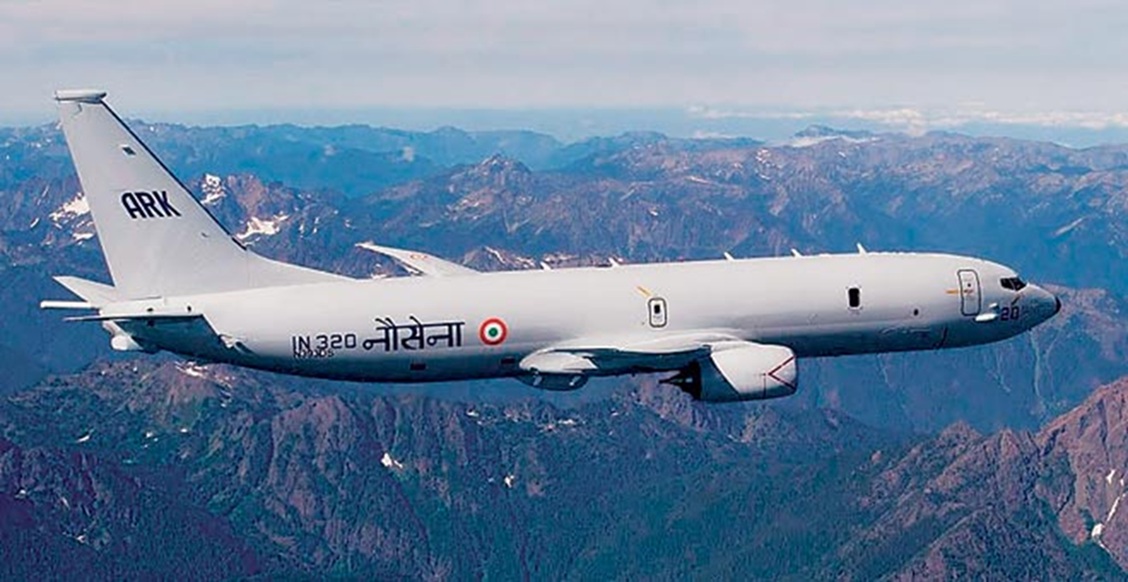The dilemma of the termination of war in Ukraine centres on the irreconcilable goals of Russia and Ukraine, along with a lack of trust that undermines negotiations and makes any potential settlement seem temporary. Key issues include territorial concessions, the credibility of security guarantees and the deep-seated political imperatives driving both sides.
Introduction
For much of the twentieth century, the question of war and peace was examined through the lens of a bipolar nuclear rivalry. The United States and the Soviet Union towered over the global strategic landscape, and despite deep antagonism, both operated within a framework of mutual recognition. They built hotlines, signed arms control treaties, and developed a shared understanding of escalation. In such a system, the dynamics of war termination were brutal but relatively straightforward: both sides knew that pressing beyond a certain threshold would invite unacceptable destruction.
That world has receded. The nuclear order of the twenty-first century is unmistakably multi-polar. Alongside the United States and Russia, China has emerged as a third great nuclear power with expanding capabilities and global reach. At the same time, regional nuclear states such as India, Pakistan, North Korea, and potentially Iran introduce layers of volatility that did not exist in the Cold War. Conflicts today are rarely confined to two actors; instead, they spill across borders, draw in alliances, and tempt external powers to intervene. This complexity raises a profound question: how do wars end when three or more nuclear powers are simultaneously entangled?
The Challenge of War Termination in a Nuclear Age
Classical theories of war termination assume that wars end either when one side achieves victory or when both recognise the futility of further combat and reach a “hurting stalemate.” But nuclear weapons disrupt this logic. They deny the possibility of decisive conquest, since a cornered nuclear power always retains the option of escalation. They also raise the stakes of humiliation, because no leader commanding nuclear forces can afford to appear weak or capitulate.
In a multi-polar environment, these dynamics become even more tangled. A war may appear to be winding down between two combatants, only for a third nuclear-armed state to intervene—whether to protect an ally, exploit an opportunity, or prevent a rival’s consolidation of power. War termination thus becomes hostage to the calculations of multiple nuclear actors, each with its own thresholds, fears, and ambitions.
From Bipolar Stability to Multi-Polar Uncertainty
The Cold War offered stability through simplicity. The United States and the Soviet Union confronted each other directly, and their deterrence relationship, while fraught, was underpinned by clear channels of communication. Wars in Korea, Vietnam, or Afghanistan remained limited precisely because both superpowers recognised the risk of nuclear escalation.
Today, by contrast, the nuclear order is defined by asymmetry and fragmentation. The United States, Russia, and China form a triangular rivalry in which no two relationships are alike. Meanwhile, regional nuclear states operate with far less restraint, often in the shadow of larger powers. This means that the logic of war termination is no longer bilateral but multilateral, shaped by overlapping deterrence relationships that are not always transparent or predictable.
The Russia–Ukraine War: A Contemporary Illustration
The war in Ukraine demonstrates vividly how multi-polar nuclear entanglement complicates the prospect of ending wars. At its core, the conflict pits Russia, a nuclear power, against Ukraine, a non-nuclear state. Yet the involvement of NATO and the United States transforms the war into a nuclearised confrontation. Washington’s military assistance to Kyiv, its extended deterrence commitments to allies, and its warnings about catastrophic consequences if Russia employs nuclear weapons all insert American nuclear power into the calculus of war termination.
For Moscow, the fear of outright defeat makes escalation an enduring temptation. For Washington and its allies, the challenge lies in balancing support for Ukraine with the imperative of avoiding direct nuclear confrontation. Meanwhile, China hovers in the background—opposed to Russian nuclear use but unwilling to see Moscow humiliated, and equally cautious about a strengthened NATO. This triangular nuclear entanglement means that the termination of the war cannot be resolved by Kyiv and Moscow alone; it depends on how Washington and Beijing manage their own strategic calculations.
South Asia and the Nuclear Chain
A similar dynamic unfolds in South Asia, where any conflict between India and Pakistan carries the risk of nuclear escalation. Unlike the U.S.–Soviet confrontation, however, the Indo-Pakistani rivalry is not insulated from external powers. China’s close strategic partnership with Pakistan and its own rivalry with India create what scholars sometimes describe as a “nuclear chain.”
In practice, this means that New Delhi’s decisions in a conflict with Islamabad are shaped not only by the fear of Pakistani nuclear escalation but also by the possibility of Chinese intervention. For Pakistan, the implicit backing of China can reduce incentives to compromise, while for India, the spectre of a two-front confrontation imposes caution. Once again, the presence of a third nuclear power complicates war termination by expanding the circle of actors with a stake in the conflict’s outcome.
The Problem of Credibility and Face-Saving
In multi-polar nuclear confrontations, credibility and face-saving become central obstacles to ending wars. A state equipped with nuclear weapons cannot easily accept defeat, because possession of the bomb is itself a symbol of ultimate power. The fear of appearing weak may encourage leaders to prolong conflict rather than sue for peace. When several nuclear states are involved, these pressures multiply, since concessions to one rival may embolden another.
The presence of alliances adds further complexity. The United States, for instance, must demonstrate to allies in Europe and Asia that its nuclear guarantees are credible, which constrains its flexibility in negotiating war termination with Russia or China. Similarly, China’s image as a rising great power shapes its posture in conflicts that might otherwise be peripheral. Nuclear deterrence thus creates not only a ceiling on escalation but also a floor beneath which leaders are unwilling to fall.
The Future of War Termination in a Multi-Polar World
Looking ahead, the challenges of war termination in a multi-polar nuclear order are likely to intensify. As China expands its nuclear arsenal, as Russia seeks to reassert itself, and as regional nuclear powers act with growing confidence, the chances of conflicts involving multiple nuclear actors increase. The spread of new technologies—hypersonic missiles, cyber operations, and autonomous systems—further complicates calculations by compressing decision-making time and blurring the line between conventional and nuclear operations.
To manage these risks, the international community faces the task of building mechanisms of restraint that go beyond bilateral arms control. Multilateral dialogue, crisis hotlines that include more than two powers, and new norms against the first use of nuclear weapons are essential steps. Without such arrangements, wars in a multi-polar nuclear order will become increasingly difficult to end, trapped in cycles of escalation, intervention, and credibility struggles.
Conclusion
War termination in a multi-polar nuclear order is no longer a matter of two adversaries negotiating under the shadow of mutual destruction. It is instead a multidimensional problem shaped by overlapping deterrence relationships, alliance commitments, and the ever-present risk that a third nuclear power will intervene. The wars in Ukraine and the rivalries in South Asia illustrate how entanglement among three or more nuclear actors makes compromise elusive and prolongs conflict.
The paradox of the nuclear age is that weapons designed to prevent large-scale war often make limited wars harder to conclude. In a multi-polar order, this paradox becomes sharper. The future of international stability may well depend less on how wars are fought than on whether the world can find new ways to bring them to an end before nuclear entanglement makes termination impossible.
Title Image Courtesy: https://www.axios.com/
Disclaimer: The views and opinions expressed by the author do not necessarily reflect the views of the Government of India and the Defence Research and Studies







